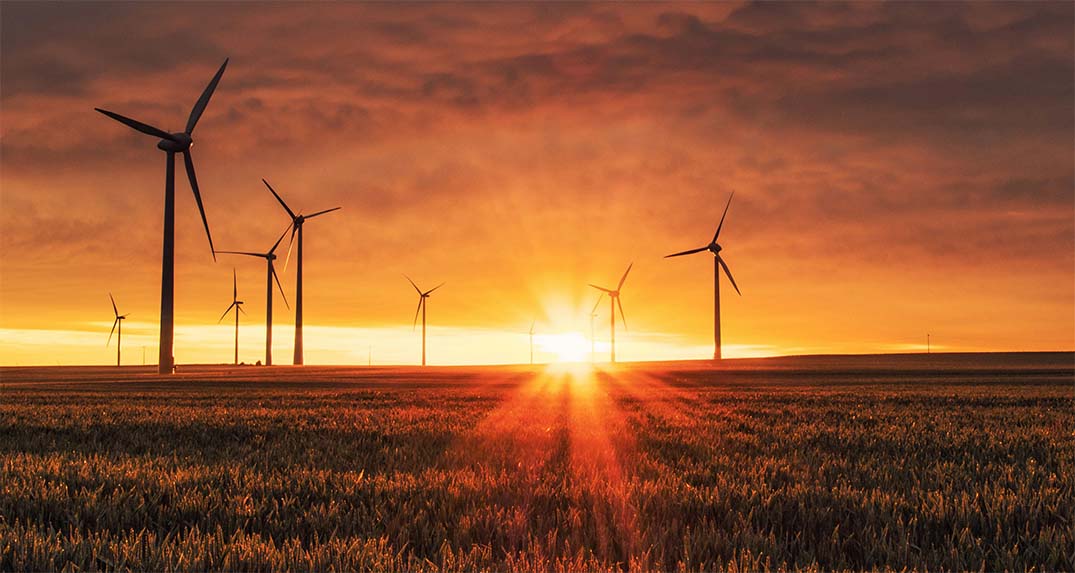Kathy Gibson reports from the Future Energy show – There’s no shortage of initiatives underway to drive a vibrant local industry for renewable energy, and the provision of net-zero energy into South Africa’s businesses, factories and homes.
But there are many challenges standing in the way of grasping these opportunities, among them skills development, community involvement and lack of manufacturing capacity.
The opportunity is clear. Gaylor Montmasson-Clair, South African Renewable Energy masterplan (SAREM) facilitator for trade and industrial policy strategies, points out that South Africans last year imported about $2,5-billion worth of batteries and inverters.
SAREM is a process initiated by government and co-developed government, business and labour to deal with the renewable energy value chain, which aims to ensure we can manufacture renewable energy products in South Africa.
“This is the core mandate, stemming from the realisation that he market for renewable energy and storage is booming,” Montmasson-Clair says.
“We want to put in place all the interventions required to support local manufacturers so we can effectively flood the market with our own products rather than having to import them.”
He stresses that a number of key interventions are required to make the SAREM vision a reality.
“We have to acknowledge this is a big space, and that we need to support the sector.”
This involves four key areas, he adds.
“The first imperative is demand, demand, demand,” Montmasson-Clair says. “We need to get as much demand as possible. Up until 2021, demand was very haphazard, it picked up in 2022, and went through the roof in 2023.
“We have interventions to ensure there is demand for renewable energy going forward, because we need steady, continual demand if we want to develop the sector.”
The sector is also globally very competitive, so additional support is needed for industries and manufacturers, he adds. “So we need to create some incentives for manufacturers to develop products for local use and import. We are working very hard to build the interventions to make it attractive for manufacturers.”
One of the biggest challenges in developing a new sector is always going to be skills. “We need to ensure we have the right skills,” Montmasson says.
“We have been establishing a platform for industry and training providers, and working to ensure that what comes out of the training and education sector matches what industry needs.
“This has been quite successful already, but we have to do a lot more.”
Inclusivity is vital, and Montmasson-Clair stresses that the transition has to keep this front of mind, supporting new entrants and emerging manufacturers that want to be part of the industry.
Importantly, support from government and industry has been rallied to make this all possible, Montmasson-Clair says.
Mamosa May, GM of the Dorper Wind Farm, agrees that skills and inclusivity are vital to the success of projects on the ground.
Dorper Wind Farm has been operating for 10 years in the Eastern Cape, so it provides a case study in bringing renewable energy projects into the rural sector.
May explains that most of the challenges of operating a wind farm boil down to people and skills.
“What is key is ensuring there is a skills pipeline for rural areas, and that communities have the skills to operate wind farms.
“But we battle to produce a pipeline of engineers and accountants from the communities in which we operate.”
Compliance is another challenge, she says. “With so many contracts running at any one time, it is critical to ensure you have the finger on the pulse of all contracts and ensure that you are compliant.”

